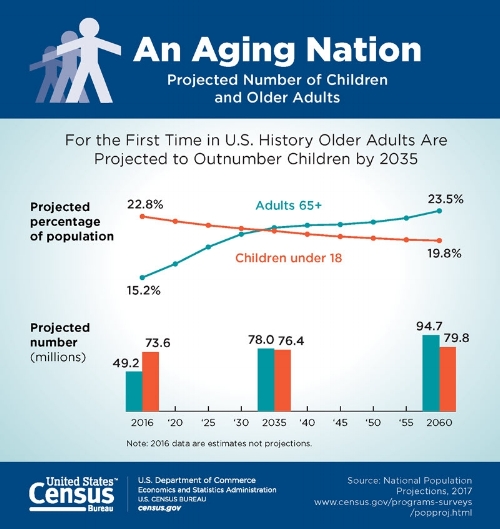This year’s theme of World Interaction Design Day is Diversity and Inclusion in Design. There are some amazing events happening all over the world. For events year-round, IxDA hosts a variety of gatherings for all to attend.
Accessibility has long been viewed as an essential consideration and component of any designed system, be it physical, digital, or social experience. Historically, business and product teams have paid lip service to the importance of accessibility and inclusion, without truly putting the appropriate investment behind making their solutions accessible. Thankfully, that has been changing as organizations see the broad value of accessible design to all users, as well as the need to meet additional regulatory compliance standards.
In the design community, I am encouraged to see conversations happening about the good we can do by delivering accessible and inclusive experiences to our changing user populations.
One example is in how we consider the aging population in the United States. The general population is not only living longer but also living independently longer. By 2035 it is projected that the 65-and-older population will exceed, for the first time ever, the under 18 population, and will double over the next 40 years. In fact, the over 60 population is expected to exceed 100 million by 2040.

(Source)
This population should, if trends continue along their current trajectories, be healthier longer than prior generations. Importantly, this will allow them to live longer without relying on younger generations. Aging in place has shown to be a contributor to longer independence, lower healthcare costs, and higher quality of life.
This aging population will also be more digitally savvy and connected than ever before. Innovation in digitally-facilitated healthcare, social and family connectivity, and digitally-assisted living will not only make them more digitally engaged, but also somewhat digitally dependent.
We have a responsibility to ensure that the digital products and services we bring to will support and empower these populations. Our willingness and ability to do that will not only affect these users and their quality of life, but will also impact their families, loved ones, and communities.
These trends are not even across different populations and communities in the US and across the world—but that inequity is a different, larger issue to address. As experience designers, we must consider how the products and services we create either address or ignore these inequities, and if that stance is appropriate.
We cannot solve all problems for all people. However, we must consider how the financial, societal, and cultural impacts we aim to deliver can be realized more broadly than the “core audiences” of most product strategies. If we can do that, we can create greater change and value for everyone.
To learn more about Filter’s UX Design Practice, take a look at our Experience Design site or contact us.







